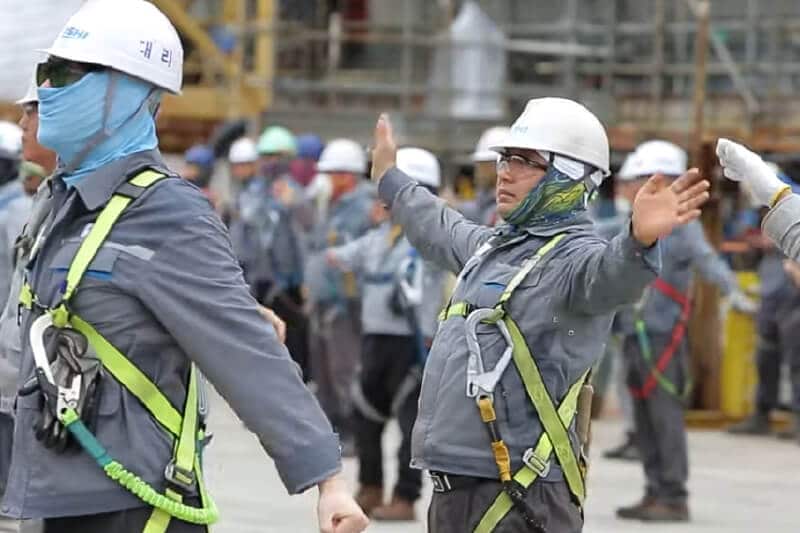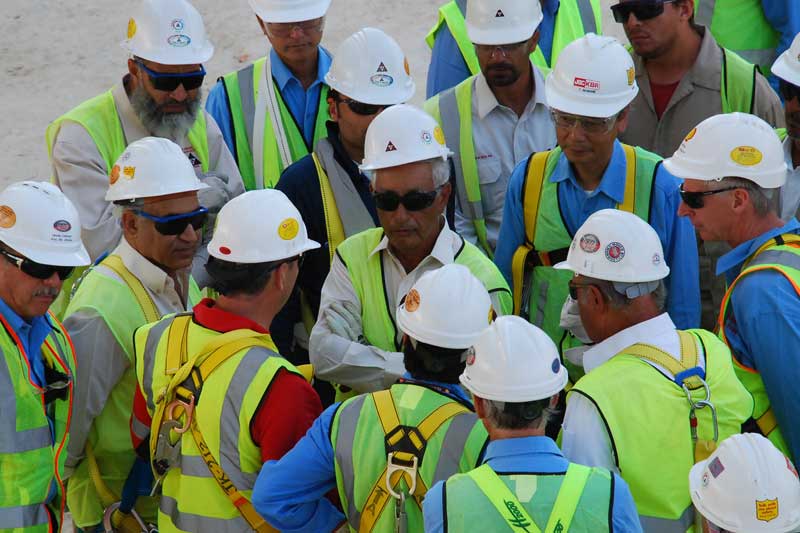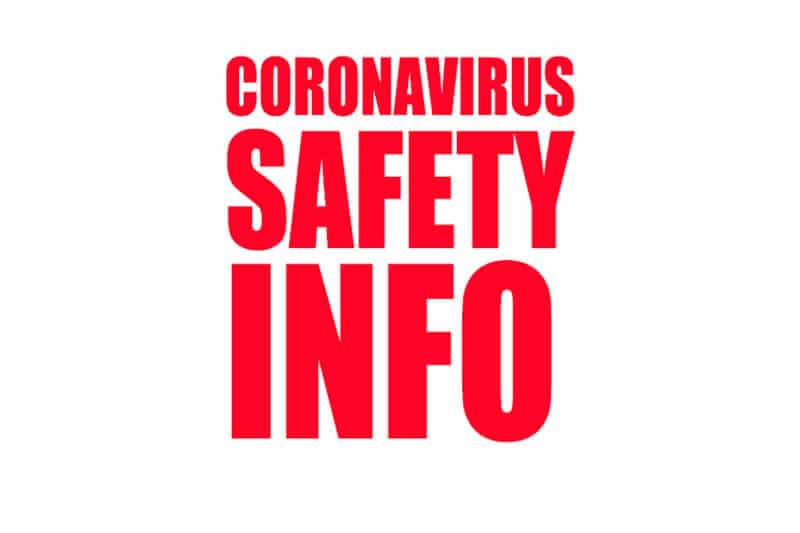The 5 Principles of a Great Boss

Nils Steinbrecher, JMJ Managing Director to Speak at Refining & Petrochemicals World China 2019 in Beijing
October 13, 2019
How To Instill Psychological Safety And Trust In Teams
October 16, 2019Oct 14, 2019
It's been said that leadership is a lot like Bigfoot, whose tracks are everywhere but is nowhere to be seen. Thousands of observational studies on leadership have been conducted in the past decades, and yet no simple and straightforward conclusion exists as to what separates effective from ineffective leaders.

As we went forward and surveyed dozens of supervisors and officers of Fortune 500 companies, some major points did begin to appear. Here are five common examples that stood out in the research.
#1 A Great Boss Does the Right Thing for the Right Reason
The most important factor is the decision to act itself. We discovered that when a manager resolves something—whether it is a good decision, a so-so one, or even one that leads to a poor result—the respect level for that corresponding supervisor always increased. Nothing is more damaging, seemingly than a supervisor who can’t make up their mind. Not doing anything is the quickest path to defeat.
#2 A Great Boss Sets Their Expectations Higher Than Their Boss’s Expectations for Them
It is very natural in any form of leadership to be ensnared in the trap of worrying more about what our manager thinks about how we do our job than how we measure up to our expectations of ourselves. The worst bit is that your workers see clean through this charade. The best managers were the ones who led and managed so that you never saw any evidence that they even had a manager of their own. These bosses won the esteem of their direct reports.
#3 A Great Boss Never, Ever Makes the Same Mistake Twice
The distinction between a single mistake and a repetitive error can be the contrast between a rock and a mountain. A great manager welcomes mistakes as chances to learn and grow. They respond in an accessible, positive way that keeps them in control. Their workers know it, and so do their bosses.
#4 A Great Boss Goes to Their Boss with an Action Plan, Not a Problem
How many workers in the office each day simply report the news to the boss? When going to your manager, solely restating that which they are already aware of is a waste of time and hurts credibility. Great managers know that they must get to the heart of a challenge and produce an action strategy to solve it.
#5 A Great Boss Follows Up
Most of corporate America is just plain lousy when it comes to following-up on designated action items, responding to calls, keeping engagements, time management, and the like. Does anyone come to mind? Did this remind you of...you? Perhaps your manager?
A frequent error that managers make is committing to doing a task but not following up on it. This complete.y damages the credibility of any leader. It does not take long before the supervisor is not taken seriously at all by their employees. Achieving any of the above rules supports the framework of a successful leader. Putting these five principles together will define greatness for any leader.
Read the source article at EHS Today
Andrew R. Thomas | Oct 14, 2019 - Several years back, M. David Dealy and I wrote the book Defining the Really Great Boss. I thought about it recently after having several conversations with some highly respected business owners and managers. A common theme these folks shared is that it is getting harder to find competent people to lead others within their organization. It got me thinking once again about what we learned in putting the book together.
From the beginning of the process, we discovered that leadership was a lot like Bigfoot, whose footprints are everywhere but is nowhere to be seen. Thousands of empirical investigations on leadership have been conducted in the past decades; and yet no clear and unequivocal understanding exists as to what distinguishes effective from ineffective leaders.
- Author










